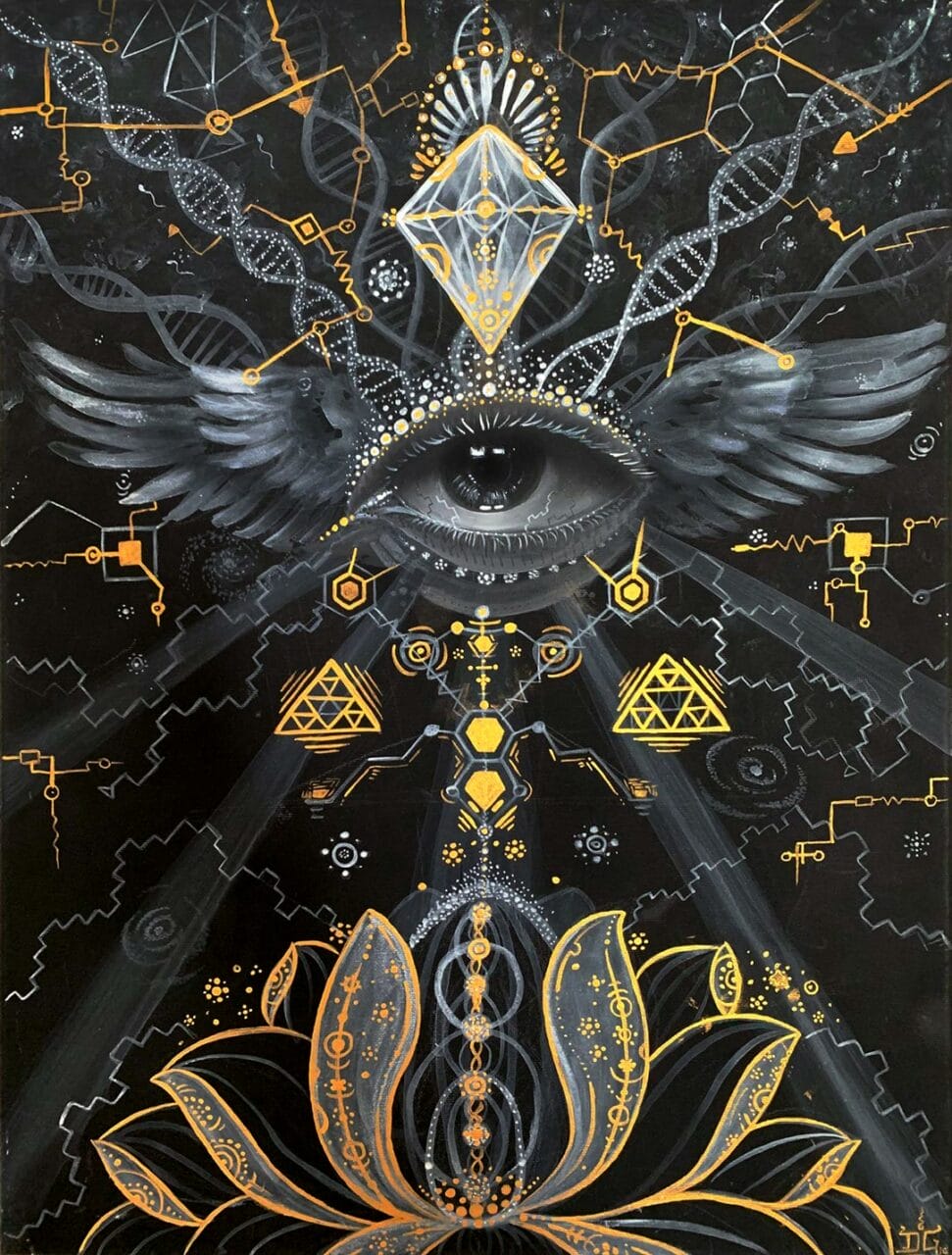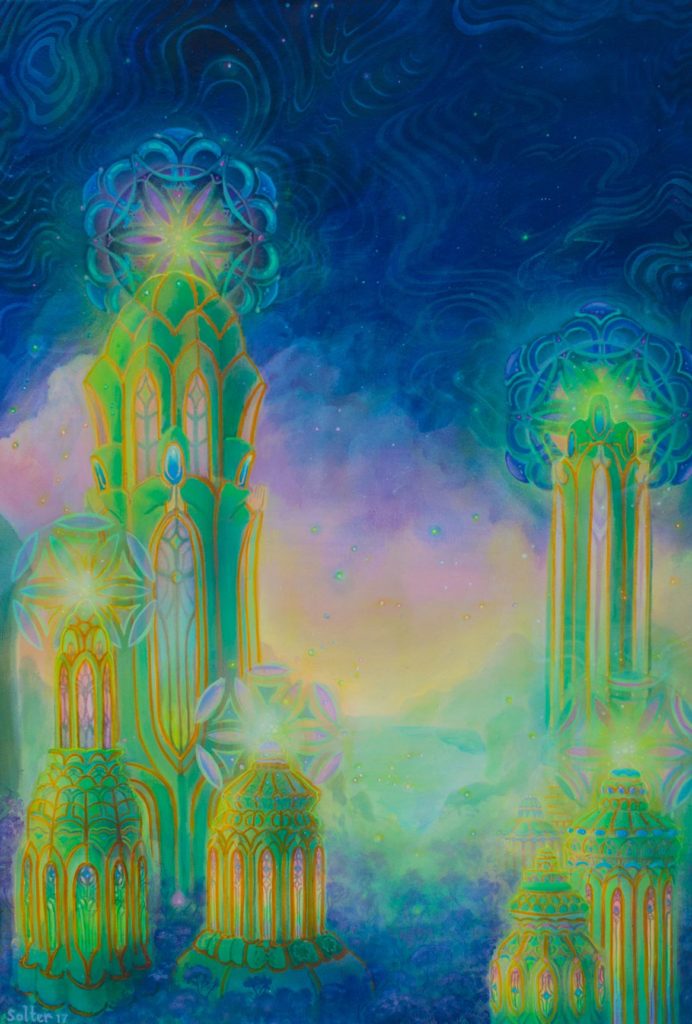
© Uni Kaya
Historical Overview of Shrooms
Shrooms has a history that dates back to 9000 BC, according to historical records. These unique mushrooms, which come in over 200 different species, contain a substance called psilocybin that causes hallucinogenic effects. These effects can include altered perception, visual and auditory hallucinations, and profound spiritual experiences. For thousands of years, these mushrooms have been used in spiritual ceremonies, rituals, and practices by various cultures and tribes. Most of these historical uses come from North and South America.
Shrooms in Ancient Times
Over the centuries, many cultures have used natural psychedelics. Evidence found in the Sahara Desert indicates that humans were using Psilocybe Cubensis over 7000 years ago. Archaeological findings show the depiction of this mind-altering substance in prehistoric art across different regions. For instance, indigenous tribes of North Africa in the Sahara portrayed its use in their paintings from around 9000 BC. Similarly, the renowned Selva Pascuala mural rock painting in Spain, which is about 6000 years old, indicates the use of Psilocybe Hispanica in religious rituals. The influence of these substances on our cultural evolution, religion, art, societal norms, and everyday life is increasingly apparent. Without a doubt, this substance has left a significant mark on our culture and society.
A Brief History of Shrooms Usage
Historically,magic Shrooms has been used for a long time. This psychoactive substance, which is recognized today, has spanned various centuries, with different customs associated with its use. Who wouldn’t appreciate the gifts of nature? It’s time for Shroom Gummies Canada to delve into the historical journey that has led Shrooms to its present state.
Key Points
- For centuries, dried Shrooms has been used in traditional rituals and spiritual healing. Today, it is applied as a treatment for mental health disorders.
- Shrooms became a symbol of the hippie culture and played a significant role in the psychedelic revolution, encouraging its recreational use.
- Influential figures like Wasson, Sabina, and McKenna introduced psilocybin to the contemporary world.

© Jonathan Solter
Backing the Stoned Ape Theory
The Stoned Ape Hypothesis was proposed by Terence McKenna, suggesting that psilocybin could have contributed to human evolution, especially cognitive development. Despite facing certain criticisms, the intriguing nature of the theory is undeniable.
Ancient Civilizations and Sacred Rituals
Depictions of cubes in symbols, art, and statues in historical societies represent the ceremonial use of Shrooms. The Mayans and Aztecs used it for communion with supernatural beings, including gods. In the culturally rich Aztec society, it was called “teonanácatl“, which means “flesh of the gods”. The concept of a psychedelic experience was alien to them, leading to its interpretation as a divine entity. In Siberia, shamans made use of hallucinogenic Shrooms. The hallucinogenic substance, known as “Amanita Muscaria”, was used in spiritual healing and traditional practices, despite its toxicity. This practice dates back to around ten thousand years ago. In Africa, during tribal ceremonies, especially among the tribes of Congo and Zimbabwe, cubes were employed for communicating with ancestors, inducing visions, and fostering spiritual healing. These ancient societies shed light on the context of contemporary psilocybin use. The reverence for this substance in these cultures stemmed from its divine implications and its ability to trigger mystical experiences.
Shrooms in Mythology and Folklore
Several accounts, including those by Gordon Wasson, have highlighted the connection between Shrooms and the mystical world, asserting its role in folklore and mythology as a medium for divine communication and enlightenment. In ancient India, the Soma—a ceremonial beverage mentioned in the Vedas—was thought to incite altered consciousness states. Scholars like Wasson speculate that it could have been made from psychoactive plants, specifically fly agaric. Some even suggest that this ancient drink might have been a mixture of various plants. Regardless of its origins, the history of psychedelics suggests that Soma facilitated the emergence of sacred symbols during rituals, symbolizing a portal to higher wisdom or spiritual enlightenment.
The Contemporary Era
A Glance at the
Beginnings
Historical chronicles from the era before Columbus arrived in the Americas indicate that both the Mayan and Aztec civilizations utilized psilocybin Shrooms. During the 15th and 16th centuries, Spanish rulers deemed its usage as uncivilized and subsequently enforced a ban. Despite this prohibition, shamans secretly continued to ingest the magical Shrooms, thereby safeguarding their cultural customs for over four centuries.
Reemergence in the Western World
The 1950s witnessed a revival of these substances in Western societies, largely due to the groundbreaking work of individuals such as R. Gordon Wasson, Roger Heim, and Albert Hofmann. During a journey to Mexico, they managed to isolate the two psychedelic components (psilocybin and psilocin) present in the Shrooms obtained from the Mazatec tribe. Wasson further promoted his discoveries, uses, and understanding of magic Shrooms in Life magazine. His articles and personal narratives led to the recognition of the substance as a potent hallucinogen. By the onset of the 1960s, the substance had become emblematic of the Hippie movement and was perceived as a portal to spiritual awakening. Nevertheless, its usage also aroused substantial controversy and sparked a revolution in the recreational consumption of hallucinogenic substances.
Continued Evolution: Worldwide Prohibition
In 1971, the United Nations Convention on Psychotropic Substances classified psilocybin as a Schedule 1 illegal drug, alongside Lysergic Acid Diethylamide and N, N-Dimethyltryptamine. At the time, all of these substances were judged to have no therapeutic value and a high risk of misuse. This classification led to extensive criminalization in Western nations, including Canada and the U.S., significantly limiting the spiritual and therapeutic use of the substance.
The Modern Resurgence of Psilocybin
In recent years, the strict laws governing the use of psilocybin have begun to soften, starting with its decriminalization. This shift coincides with the UN’s provision allowing member nations to regulate the substance based on their own judgement. Simultaneously, a growing body of research and clinical trials relating to psychedelics and consciousness strongly endorses potential medicinal uses for psilocybin. A study conducted in 2021 on the therapeutic use of psychedelics suggests that the 1970 ban significantly hampered further research. However, an initial study in 2004 renewed interest in psilocybin, suggesting potential applications in neuropsychiatry, especially for treating mental health conditions such as:
- Depression, Anxiety, and Stress
- Post-traumatic Stress Disorder (PTSD)
- Obsessive-compulsive Disorder (OCD)
- Drug Abuse (Aiding in Addiction Recovery)
- Excessive Alcohol Consumption and Drugs)
Media and Art’s Influence
Conversations surrounding psychedelic cubes have become so prevalent that they are represented in various forms. Renewed interest in these substances has been sparked by diverse mediums such as art, literature, and media. Movies like “Fantastic Fungi” by Director Louie Schwartzberg, along with documentaries that explore their healing potential, have enriched public understanding of their mental and physical effects. Michael Pollan, the author of “How to Change Your Mind,” has studied the use of psychedelics for mental health and spiritual development, thereby reviving interest in their societal and therapeutic value.
Prominent Historical Advocates of Fungi
- María Sabina: María Sabina, a Mazatec shaman and poet from Mexico, played a role in introducing psychedelic cubes to the Western world. She allowed Wasson to observe her Shrooms rituals.
- Gordon Wasson: Wasson, a writer, gained fame for drawing international attention to the substance. His detailed account of his experiences with Sabina led to a deeper understanding of its local use.
- Terence McKenna: McKenna, a prominent advocate for psychedelics, played a key role in emphasizing their cultural and philosophical significance. His speeches, writings, and research made the “Stoned Ape” theory prominent, describing it as a cognitive enhancement tool that influenced society.
A Brief Timeline Overview
with TRD.
| Prehistoric | Evidence of prehistoric use is depicted in stone art discovered in the Sahara, Africa |
| Ancient | The Maya and Aztec civilizations incorporated the use of teonanácatl in their spiritual and religious ceremonies. |
| 16th Century | The use was discouraged due to its association with Indigenous beliefs |
| 18th Century | In 1799, the intoxicating effects of the substance were recognized when four children accidentally consumed Psilocybe Semilanceata, highlighting the potential negative effects of its use. |
| 20th Century | Wasson and Sabina introduced the substance to the Western world, sparking the psychedelic revolution among the hippies. The UN legalized the possession and use of the substance. |
| 21st Century | Clinical studies to confirm its medical benefits are increasing. It’s now authorized for use under a Special Access Program by Health Canada. |
The Emergence of the Psychedelic Era and Beyond Redemption | Purchase Shrooms Online From Shroom Gummies Canada
The regular use of cubes at Shroom Gummies Canada, supported by rigorous scientific research, will continue to expand until they achieve worldwide recognition. Our extensive online Shrooms store at Shroom Gummies Canada is prepared to aid in this transformation. Our wide range of products captivates customers, encouraging them to embark on the fascinating and therapeutic journey of psilocybin. Secure your favorite items from Zoomies today.
Commonly Asked Questions
No, Amanita Muscaria does not contain the active ingredients present in Psilocybe Cubensis. Instead, fly agaric contains the psychoactive compounds muscimol and ibotenic acid. One prevailing theory about Soma’s origin suggests it’s a mixture of various psychoactive plants. Similarly, ayahuasca is a drink that alters consciousness. The only link between the two is the view of soma as an analogue of ayahuasca. It was examined for potential Shrooms poisoning after being classified as a toxic Shrooms. Today, it’s recognized as the Psilocybe Mexicana.

